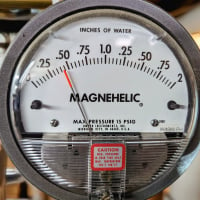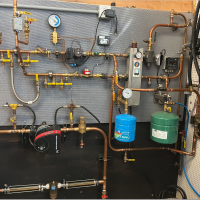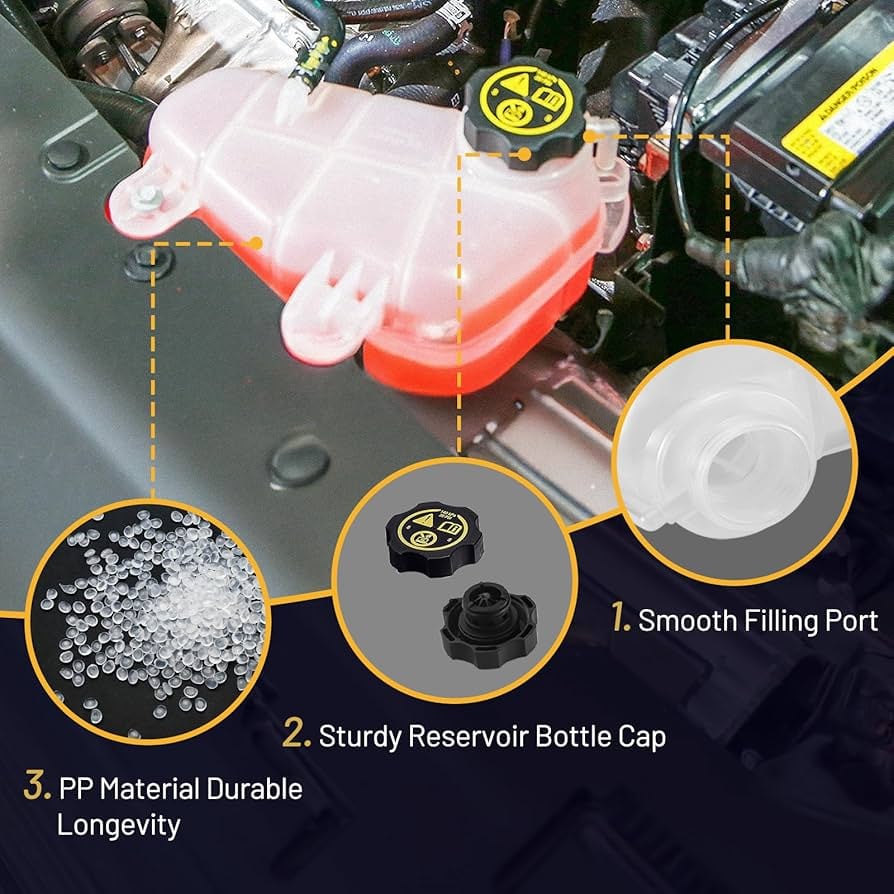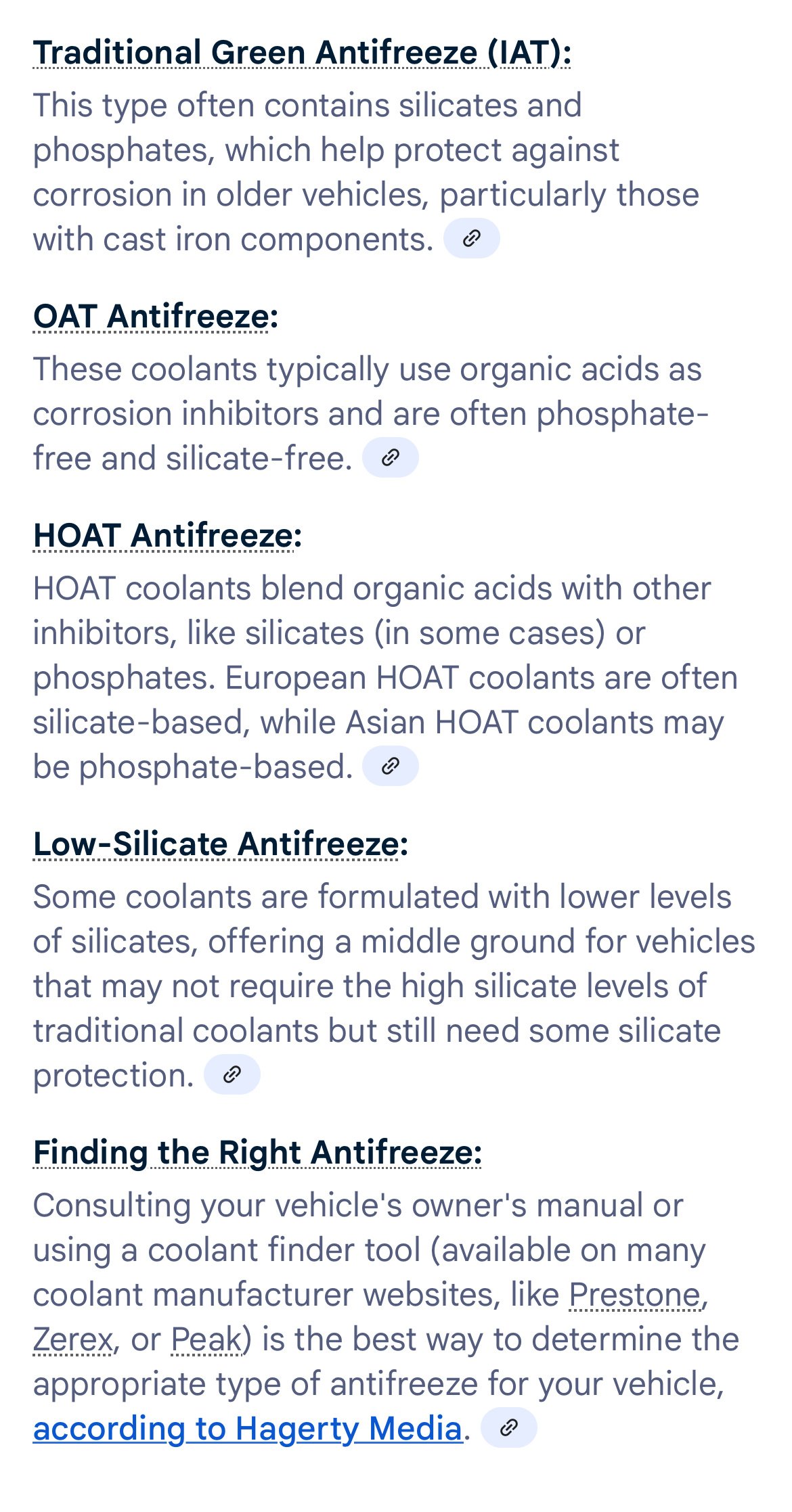The Glycol Myth Why your pipes may freeze anyway

In this weeks video, it discusses how using glycol in a hydronic system is not a set and forget process. What happens when the glycol is diluted or degraded?
Boiler Lessons
Comments
-
This topic always throws me for a loop when a customer brings it up because I don't know how to answer definitively. I always test existing systems and flush and/or add accordingly to bring everything back up to spec, but occasionally when they ask why/how (usually referencing how the antifreeze in their car is 20-30 years old and doesn't freeze even in our MN winters), I don't have a good response. Just yesterday I looked over a system originally installed in 1999 that was dribbling from a section (Slant/Fin Sentry installed in 2022, which was now the 5th boiler in this system). Homeowner said he originally filled with 50/50 automotive that he "borrowed" from work, and each time they swapped the boiler, the installer just dumped more in along with some site water. Mind you, this antifreeze was stored in an open top drum next to the boiler and is now 26+ years old. I explained that this was likely a major contributing factor, but pulled a sample from a drain and found a 14% concentration with a PH of 4.2 in the system. Every drain and vent was corroded like crazy. I suggested that a new boiler would constitute a repipe since there was no P/S (CI boiler set to 140* running a radiant slab) and then do a thorough flush of the system and start fresh with new inhibited glycol, and the guy looked at me like I had 2 heads. Vehemently denied paying for antifreeze when he has some right here, then accused me of just being "another one of them salesmen". Okie dokie, sir. Please do enjoy replacing your boiler every couple years, I'll be going now!
1 -
if the antifreeze in your car is 20- 30 years old it is no longer in your car, it is leaking out through something it ate through somewhere…
0 -
You had better tell that to the millions of vehicles on the road every day with 20-30 year old coolant. Unless changing a water pump, thermostat, etc, 95% of people who do their own service never look at the coolant. I own a 1997 F250 that my father bought new and I bought from him in 2006, and the cooling system has never been touched; all coolant is factory original. Yes it's dumb and I should heed my own advice, but it's an experiment at this point. When a pinhole shows up in the water pump I'll let you know.
0 -
-
That's why I turn off the fill valve, then take the handle off and hide it.
If the system is filled with glycol mix, it needs to be topped up with glycol mix. If there's a leak you're better off finding it.
0 -
Why not use a refractometer to check the concentration?
That's what I do with antifreeze in my cars when changing it.
Single pipe 392sqft system with an EG-40 rated for 325sqft and it's silent and balanced at all times.
0 -
I've always heard you get sludge and plugged up heater cores. Honestly never heard of it eating through stuff though that would explain the sludge.
Single pipe 392sqft system with an EG-40 rated for 325sqft and it's silent and balanced at all times.
0 -
It is a good question though. Why does antifreeze in the automotive world hold up so much better than a hydronic system? The auto system is open to the atmosphere and the hydronic system is not.
I have cut open hydronic systems that were 50-60 years old using steel pipe and the pipe is like brand new just using water.
0 -
The automotive system is barely open. Some have a vented overflow tank but many now have a pressurizes tank that doesn't normally vent.
Even with a vented tank the entire system is supposed to be air free. If it's not that's when you get sludge from rusting etc. That was the big issue with Dexcool. Systems leaking, running low and then turning into a nightmare and people blaming the "new" antifreeze.
Single pipe 392sqft system with an EG-40 rated for 325sqft and it's silent and balanced at all times.
0 -
my parents had a tempo that a quick oil change place changed the coolant but i think they were using a filter type recycling machine and didn't add the additive package. it had the copper/brass heater core leak and a steel connector tube to the radiator corrode from the inside out.
i think in many newer cars they use a "long life" antifreeze that has much more inhibitor in it. my 2001 325i still requires like every 2 or 4 year antifreeze changes.
0 -
corrosion , sludge, low ph, all has to do with the amount of of oxygen that enters.
Tight steel, copper systems can maintain a good fluid regardless of water or glycol.
Ph is always a good indicator if fluid becoming aggressive
Makes me wonder if the hoses used in vehicles are O2 barrier
Bob "hot rod" Rohr
trainer for Caleffi NA
Living the hydronic dream0 -
They always appear to be plain rubber hoses with rope reinforcement in them. Wouldn't an o2 barrier need some kind of liner or something?
Single pipe 392sqft system with an EG-40 rated for 325sqft and it's silent and balanced at all times.
0 -
-
Vehicles have expansion tanks that are open to the atmosphere. So there's a constant influx of oxygen.
0 -
-
I think all vechicles have pressurized systems. I've seen caps with 3-6 psi typically.
This is to raise the boiling point of the fluid. I see 230°F is considered in the normal operating range for some engines.
If the radiator cap fails or is left loose, you may boil over?
Bob "hot rod" Rohr
trainer for Caleffi NA
Living the hydronic dream0 -
We're getting off topic, but vehicles typically have a radiator cap that opens at 12 PSI. When that happens, the coolant flows into a recovery tank. The radiator cap also opens when there is vacuum, when the engine cools coolant is sucked out of the recovery tank back into the system.
I've never seen a recovery tank that wasn't open to the atmosphere.
0 -
I've never seen a cap that was 12 psi.
All of the ones I've seen going back to the 80s were 15 psi. Two I had from 2012 on the cars with pressurized tanks had 20 psi caps.
GM is the one I've seen with pressurized overflow tanks.
But a very good point was brought up. Why do cars not need barrier hoses but heating systems do? I think it has to do with the system being much smaller and laid out in a way that bleeds automatically.
Single pipe 392sqft system with an EG-40 rated for 325sqft and it's silent and balanced at all times.
0 -
Even the GM style where the pressure cap is on the expansion tank are taking in and releasing atmospheric air to balance. The answer as to why they don't have O2 barriers is that they aren't sealed systems.
0 -
Cars rely on inhibitor in the antifreeze and it being changed periodically to keep the system from corroding so they don't need to be completely oxygen free.
The system has a combination pressure/vacuum breaker cap. Newer engines are run hotter for better emissions performance (and presumably efficiency) so sometimes they have higher pressure cooling systems to raise the boiling point further. 15 psig was standard for a long time.
Originally cars had a head space i the radiator that was filled with air to allow for expansion. that didn't work so well when they went to side tanks on the radiator.
Around the 70's or so they added a tank connected to the vent on the radiator neck so as coolant expanded past the pressure cap it would flow in to the tank and as the system cooled and the vacuum breaker opened it would pull fluid back out of that tank.
Modern systems usually use a pressure tank that has the pressure cap on it and is connected with pressure hoses such as the one @ChrisJ posted. The closed tank has less fluid loss through evaporation and will let less oxygen in the system. This might have been part of the engineering to extend antifreeze change intervals.
1 -
So does that mean a heating system with glycol doesn't need an o2 barrier?
Single pipe 392sqft system with an EG-40 rated for 325sqft and it's silent and balanced at all times.
0 -
there are multiple approaches to preventing corrosion in hydronic systems. one approach is to exclude oxygen from the system. another is to use only nonferrous components. yet another is to add and maintain corrosion inhibitors to the system with aluminum boilers just excluding oxygen isn't sufficient, corrosion inhibitor also needs to be maintained in the system. aluminum boilers aren't common but there are a few.
so excluding oxygen is usually the least expensive long term strategy but it isn't the only one.
glycol is corrosive so it has to have corrosion inhibitors added with it. automotive antifreeze has a very different additive package that is engineered by the automakers than heating/cooling antifreeze.
0 -
as long as you check it and boost the oxygen scavengers as needed , then you don't need an O2 barrier.’
Open type outdoor wood boilers get a lot of oxygen and should have a scavenger program. I think they use strsight sulfites.
The hotter you run the system the higher the O2 ingress. So low temperature boilers on radiant are less probe to oxygen ingress.
Automotive glycols contain silicates, a compound containing silicone and oxygen, sodium silicate is one type. IAT inorganic Acid Technology. These coat the metal surfaces to prevent corrosion in the block and cooling system. OAT Organic Acid Technology is supposed to have a longer service life
But for some resson the silicates sludge up hydronic systems? So not to use automotive, even the PG type in hydronics.
Hydronic glycols use molybdate or phosphate blends for a film provider.
Although the silicates will also sludge up an automotive systems , which is why you test and replace it.
Bob "hot rod" Rohr
trainer for Caleffi NA
Living the hydronic dream2 -
I thought most modern automotive antifreeze was silicate free now?
Single pipe 392sqft system with an EG-40 rated for 325sqft and it's silent and balanced at all times.
0 -
Categories
- All Categories
- 87.4K THE MAIN WALL
- 3.2K A-C, Heat Pumps & Refrigeration
- 61 Biomass
- 429 Carbon Monoxide Awareness
- 120 Chimneys & Flues
- 2.1K Domestic Hot Water
- 5.8K Gas Heating
- 115 Geothermal
- 168 Indoor-Air Quality
- 3.7K Oil Heating
- 77 Pipe Deterioration
- 1K Plumbing
- 6.5K Radiant Heating
- 395 Solar
- 15.7K Strictly Steam
- 3.4K Thermostats and Controls
- 56 Water Quality
- 51 Industry Classes
- 50 Job Opportunities
- 18 Recall Announcements




